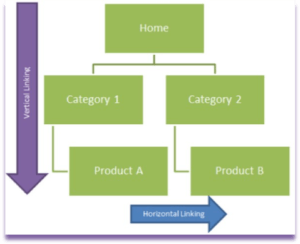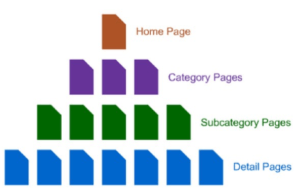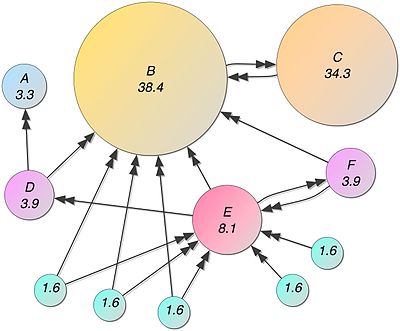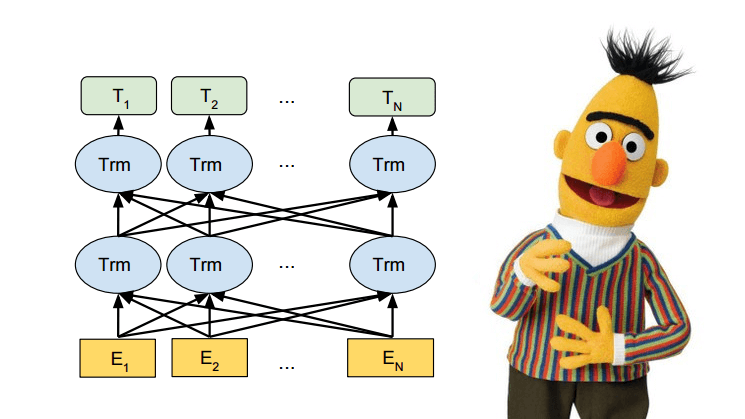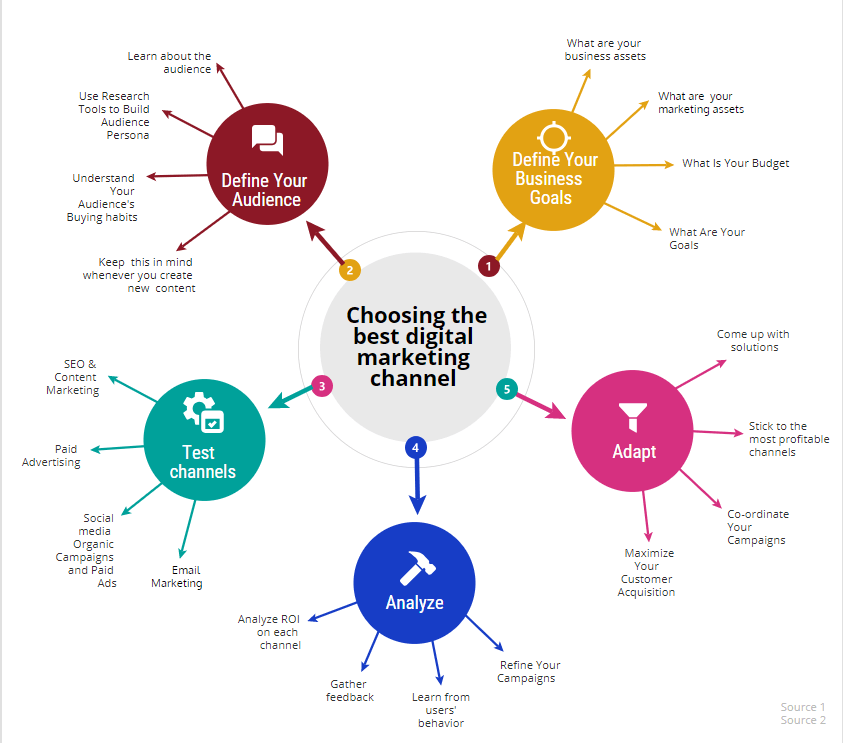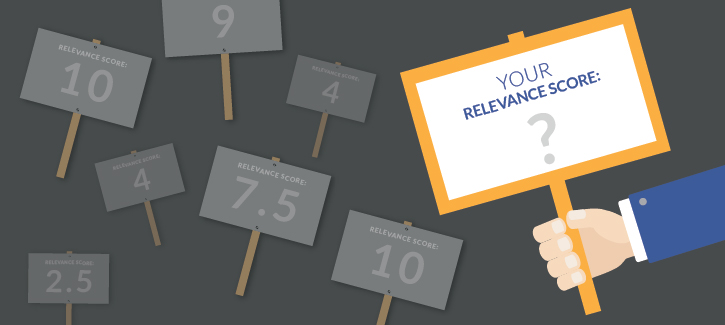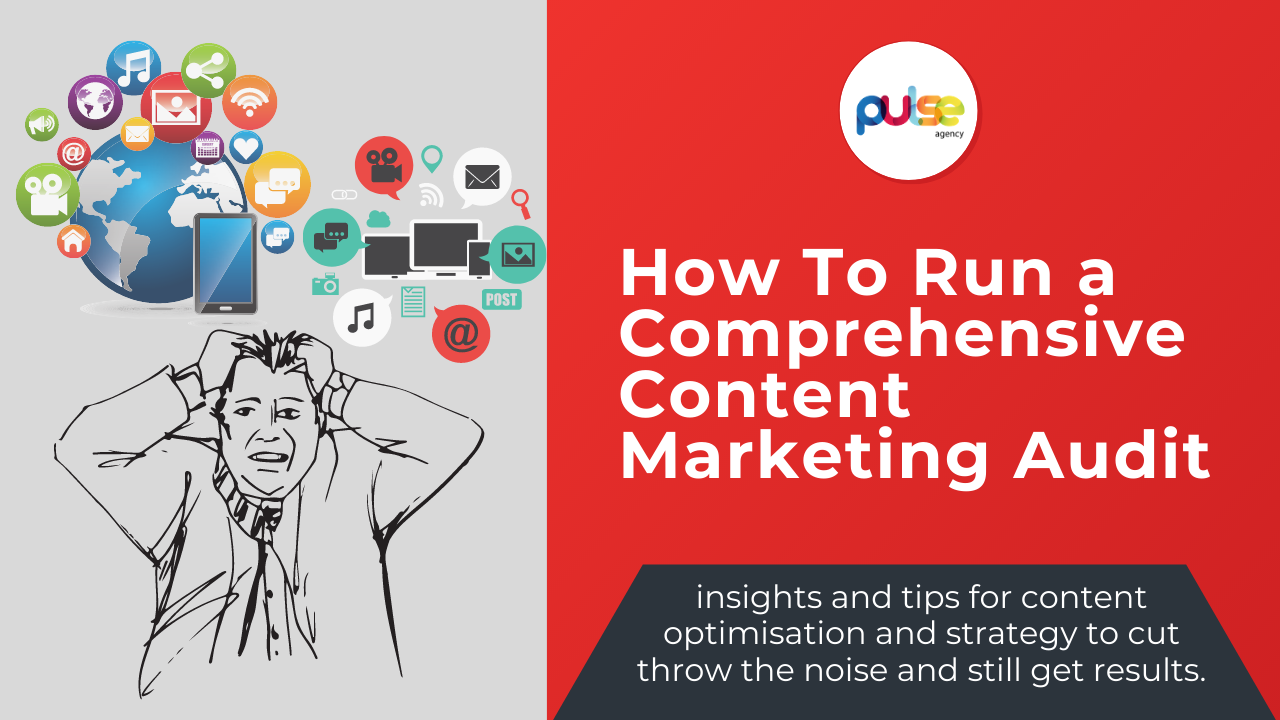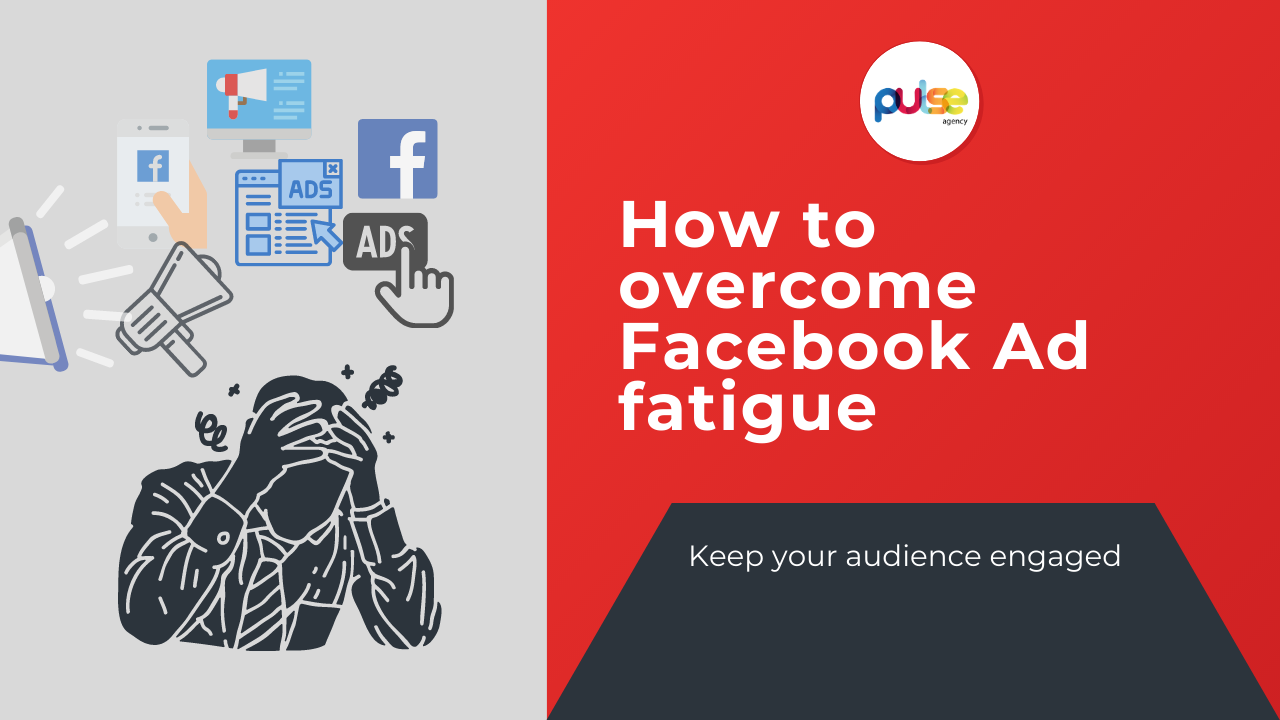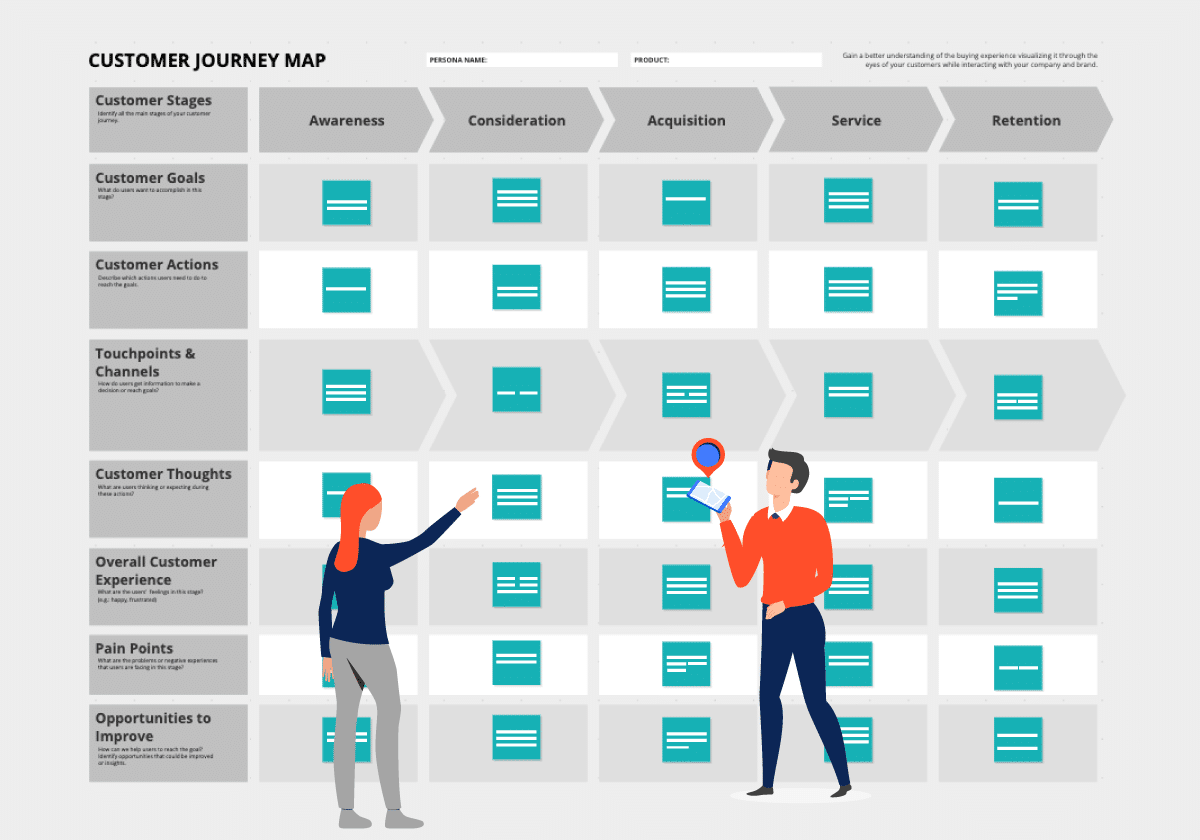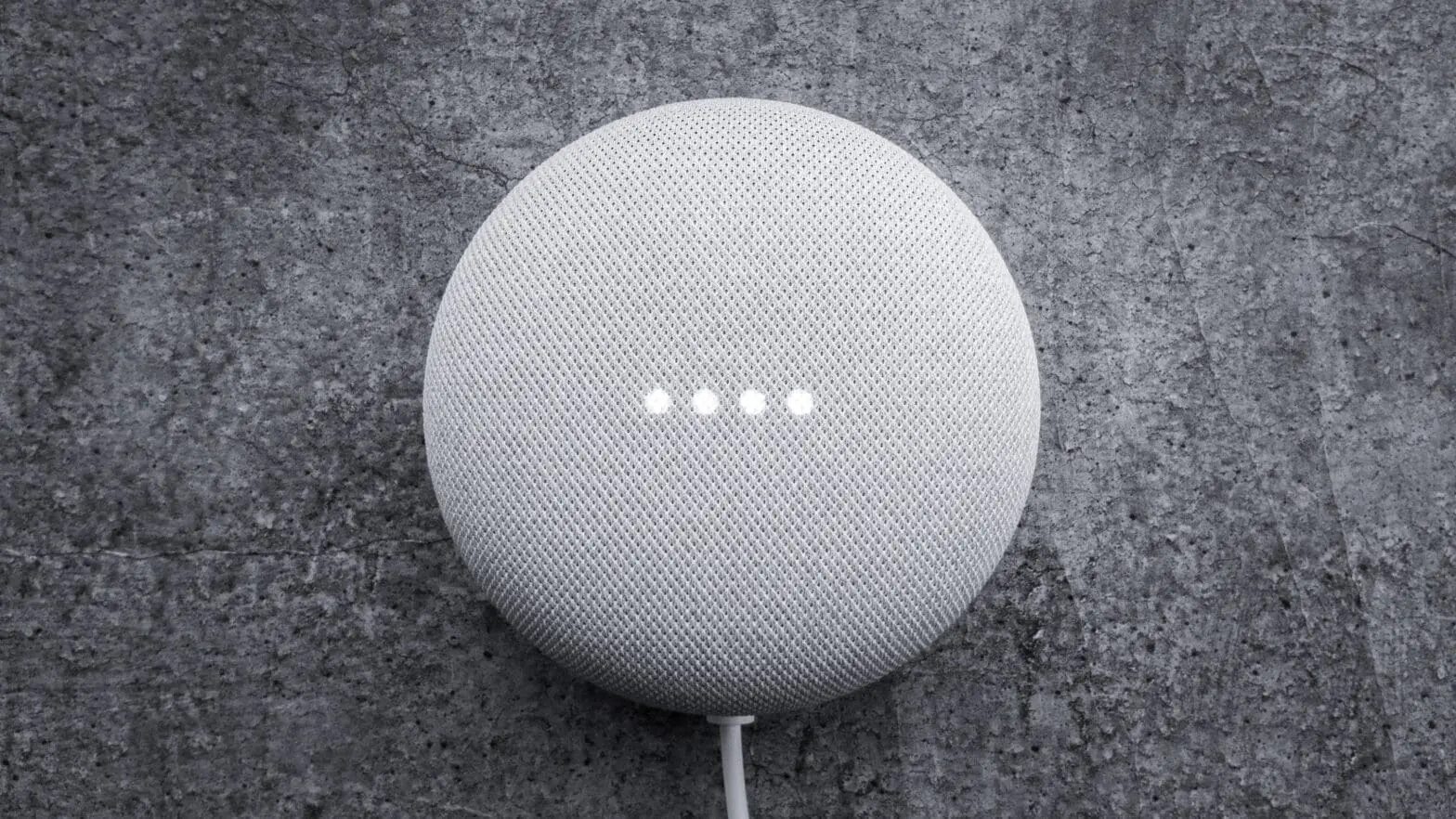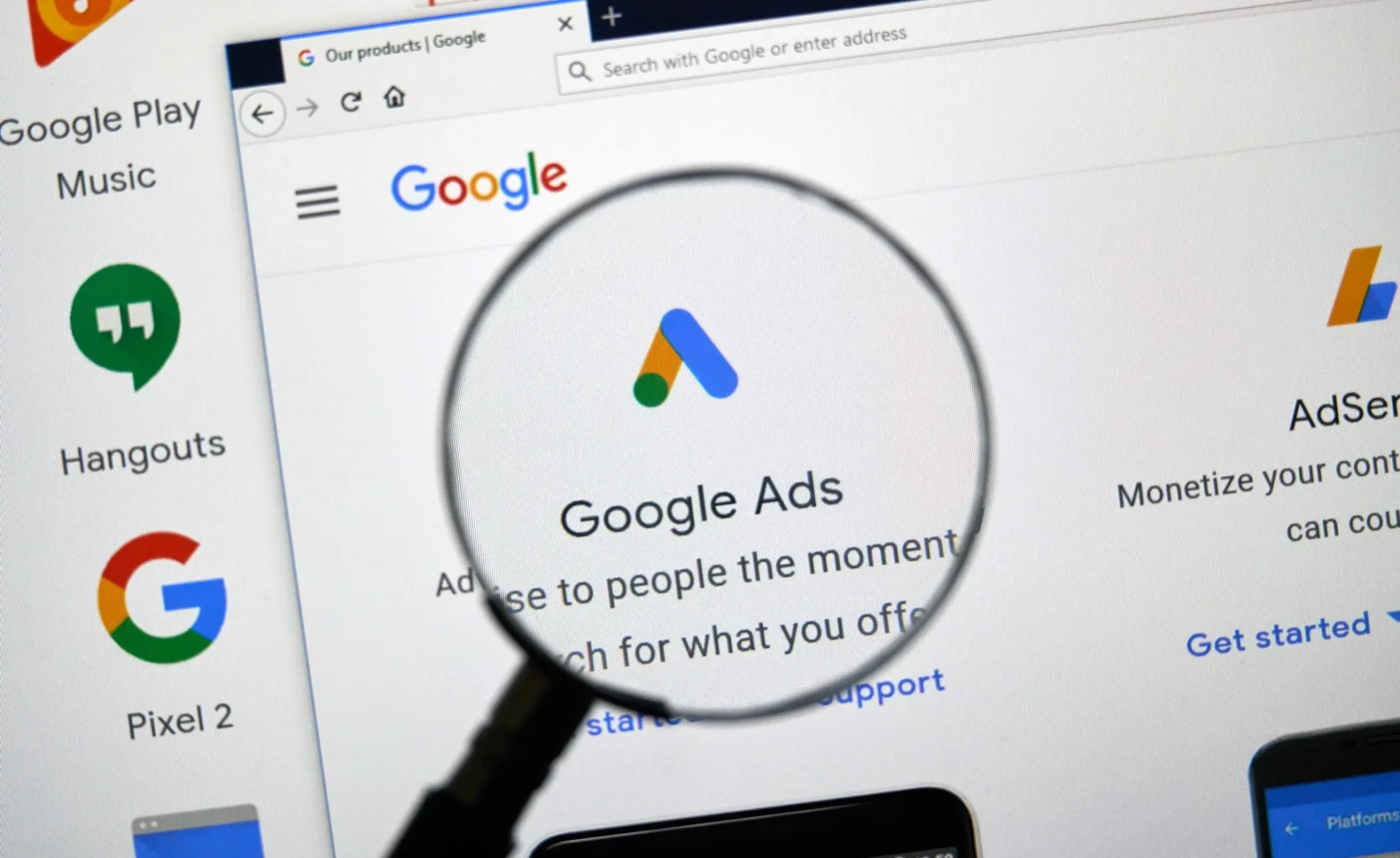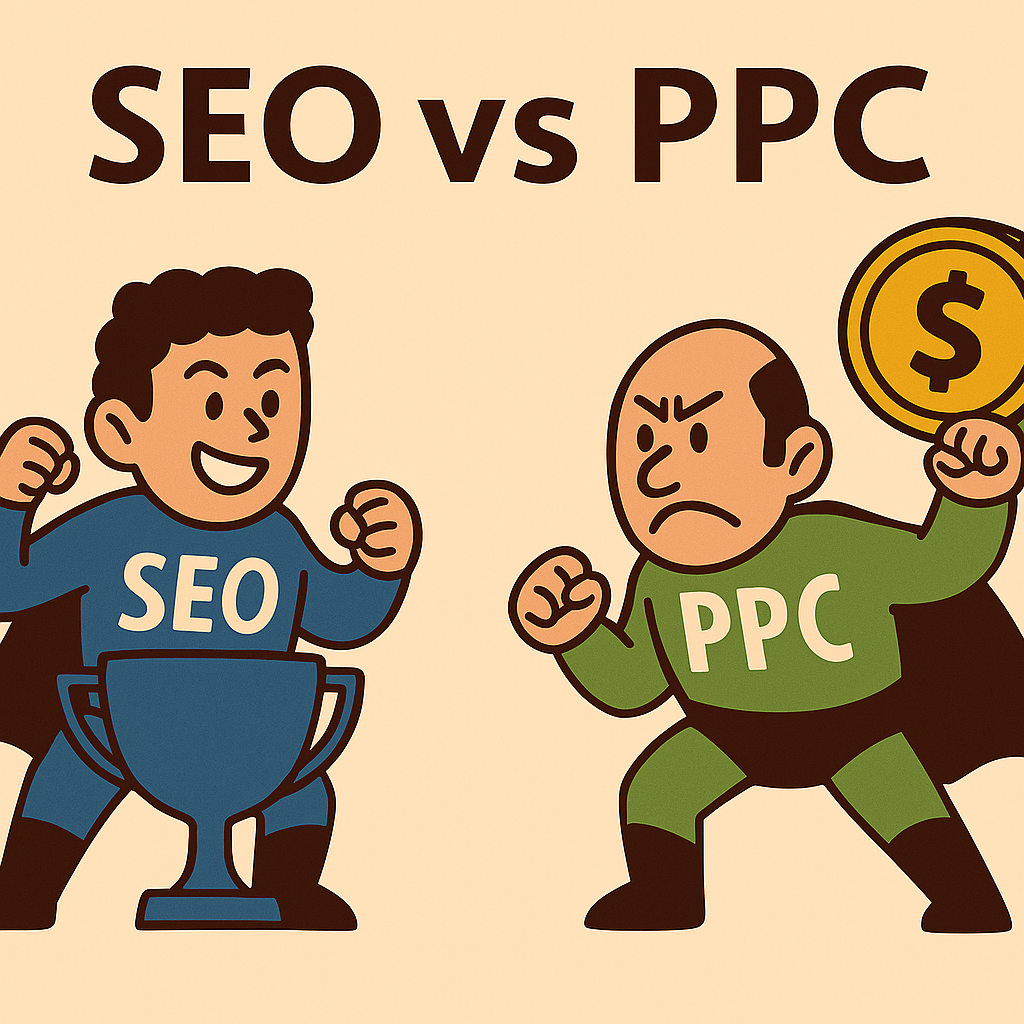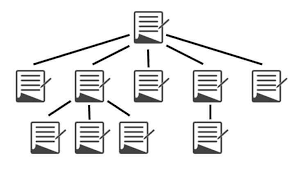
How Important is Internal Linking for SEO?
Even if you are brand new to SEO optimising your website/blog, I am sure you have already read many materials on internal linking. Here’s an example of an ideal website structure (also called Bruce Clay’s silo architecture): Secondary internal links and Internal Page Rank The internal links that appear in context also impact how the search engines crawl and rank your pages.
Table of Contents
The Importance of Internal Linking for SEO
Even if you are new to SEO, you have likely encountered numerous materials on internal linking. Major digital marketing websites and blogs have published extensively on this topic, and many SEO specialists have shared their insights through vlogs, conferences, and articles.
However, during a recent presentation to a young and enthusiastic audience, I realised many misconceptions about link-building and internal linking strategies exist. This article aims to clarify these points comprehensively.
Internal Links vs External Links
An external (outbound) link points to an external domain or website, while an internal (inbound) link points to another page within the same site.
Many SEO experts believe external links have more authority and ranking ability than internal links. Quality external links are seen as votes of trust from third-party sites and are crucial for high rankings. As a result, most SEOs focus on acquiring external links and often overlook the potential of internal linking to improve rankings and user experience.
External and internal linking serve different purposes in content strategy and SEO; therefore, neither should be ignored.
The Importance of Internal Linking
Internal links are essential on-page signals over which you have total control. You can choose the appropriate anchor text and landing pages. The internal links you create indicate to search engines what content you deem relevant to that anchor text and help visitors navigate your website.
Ignoring internal links can prevent a page from being crawled and ranked by Google. For example, an orphan page that isn’t linked to isn’t, if at all, from the rest of the website will probably not rank well.
Internal linking is valuable for SEO and user experience. An efficient interlinking structure improves user navigation by providing additional ways to interact with your site.
Website Architecture and Internal Page Rank
In an interesting article published in 2016, columnist Paul Shapiro discussed his method for determining “internal PageRa” k.” He emphasised “that a website’s architwebsite’sgnificantly impacts how users and search engines navigate the site, affecting rankings.
There are two types of internal links: navigational structure links and secondary internal links that appear throughout your website. When building a website, organise the navigational links logically and reduce the number of links between a page and the home page. The home page’s authority can be leveraged to spread link juice throughout the website, enhancing the ranking of each page.
From a UX perspective, your information architecture’s architecture’s structure should link both vertically and horizontally:
Image source: Bruce Clay
Vertical links are within your navigation bar, while horizontal links are on deep pages linking to other pages on the same level. Breadcrumbs can implement a horizontal linking structure across your website.
Secondary Internal Links and Internal Page Rank
Secondary internal links in context also impact how search engines crawl and rank your pages.
PageRank, named after Google co-founder Larry Page, defines a page’s “importance” based on the quality and quality of links from other pages. This concept can also apply within a single website, using a PageRank-like metric to detect issues in website architecture.
Image source: Moz
To calculate a website’s internet site, crawl it using tools like Screaming Frog and analyse the internal links with R, free statistical computing and graphics software.
Here’s an example of the Internal PageRank of a client’s website client’s
In this example, the contact page was at the top, which is not ideal. Typically, the home page should be at the top. This issue arises due to how internal linking was structured, highlighting areas for improvement.
Investigate competitors’ internal linking.
To compete effectively, study your competitors’ intcompetitors’g structures. Take notes on:
- Keywords in URLs, title tags, H1s, and anchor texts
- Links in the first 100 words of the page
- Publication dates and updates of articles/posts
- Length of articles
Use this information to understand competitors’ competitors and generate new content ideas. For established websites, decide on cornerstone content and use primary keywords effectively.
Anchor Texts
As Rand Fishkin explained in one of his Whiteboard Friday articles, internal link anchor texts generally have less influence than external ones. Avoid overusing essential keywords in anchor texts to maintain credibility and user engagement.
Since the 2012 Google Penguin update, anchor text optimisation rules have changed. Avoid over-optimisation and use natural, relevant anchor texts.
A Good Internal Linking Structure Provides UX Value
Internal links in content enhance UX by guiding readers to more information, similar content, purchase options, or contact details, ultimately supporting marketing goals.
Place links in blog posts to relevant content to improve UX, traffic, and leads. Ensure web pages do not contain broken links and load quickly to maintain a positive user experience.
Conclusions
While backlinks from authoritative domains are crucial for SEO, do not overlook the UX and SEO value of a proper internal link structure. Clear and logical internal linking can amplify the effects of backlinks and improve overall website performance.


